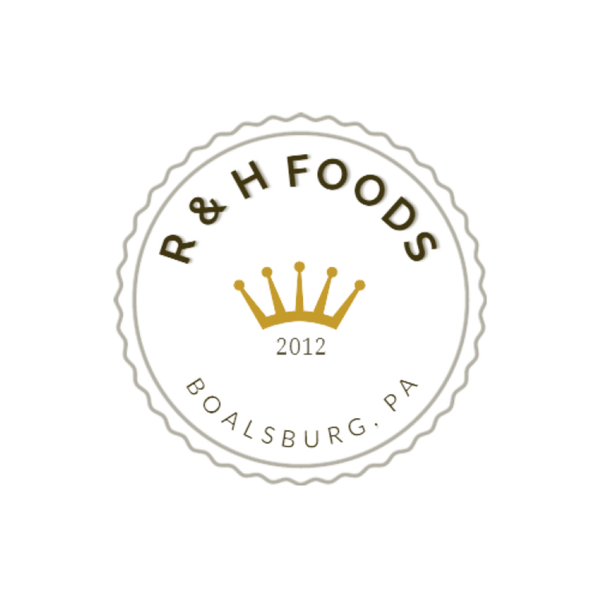Oh, to be on the beach, surfboard under my arm, Vans on my feet, hoodie at the ready. Actually, I don’t surf, but I do wear Vans and hoodies, and I absolutely love a grilled fish taco from a nearby food truck washed down with a fancy margarita while watching the sunset.
Being at the beach with the sand in your toes and wind in your hair is a unique experience for the senses, and Baja cuisine using Grub Kicker Baja blend will help you get there.
The Evolving Baja Region and Cuisine
“Baja” means “low” in Spanish. Think of Baja, and most people think of coastal California or lower California. It’s a region that used to be New Spain when Mexico was still a Spanish colony, and it stretched from Oregon, Nevada, and Utah, to Cabo San Lucas on the southern tip of Baja California.
The influences for Baja cuisine are overwhelmingly Mexican, with ingredients like chicharrón and cotija cheese, chile peppers like mulato, ancho, and chipotle, and herbs like cilantro, basil, Mexican oregano, sage, and thyme.
But there’s also Baja Med cuisine that fuses Mexican flavors with Mediterranean components like olive oil and Asian cuisine with lemongrass accents.
Baja cooking is grounded in what’s fresh, local, and sustainable. The raw ingredients are in-season fruit and vegetables and fresh seafood. Baja food is also young in its evolution. Baja is one of the youngest states in Mexico, so food traditions are really just forming.
Baja Movements
Ten thousand years ago, Semi-nomadic Concheros owned the Baja region. They lived on the coast near freshwater lagoons, where they caught seafood left after low tide. Clams, abalone, crabs, mussels, snails, lobsters, turtles, oysters, and fish were smoked, slated, marinated, and fire-grilled.
Missionaries arrived in the region and farmed corn, wheat, grapes, sugar cane, olive trees, figs, and fruit, and ranchers exchanged or sold hides, salt, cheese, dried meat, fat, butter, figs, raisins, olives, cowhides, wines and other products for cottons linens, wools, silks, groceries, haberdashery and ironmongery that arrived on visiting ships.
In the second half of the 19th century, migrants from Japan and China settled on the peninsula. The Japanese established the fishing industry in Ensenada, which still serves Japan's global auction market, and the Chinese migrants established a new Chinese cuisine of sour and spicy flavors in Mexicali, a city they founded.
Continental cuisine was a huge gastronomic movement occurring in the Baja region in the twentieth century. The Mediterranean influence was characterized by over 100 species of fish, seafood, meat, and salsas containing wines, cognacs, and Armagnacs.
If the sun, wind, bikes, and skateboards whizzing by on the boardwalk in Southern California don’t wake you up, a spicy plate of tortas ahogadas with a shot of Mezcal just might.
And if you can’t be within arm's distance of the beach, reach for some Grub Kicker Baja to add some coastal flavor to your rice and beans, slaw, and snapper.

